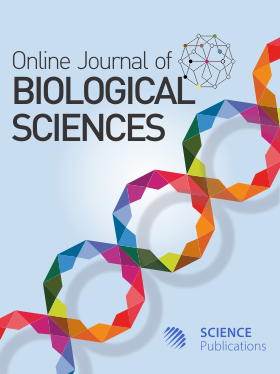Comparative Phytochemical Analysis of Hydrodistilled Essential Oils of Scots Pine (Pinus Sylvestris L.) Needles From Central Kazakhstan
- 1 Department of Botany, Buketov Karaganda University, Karaganda, Kazakhstan
- 2 Engineering Laboratory of Physico-Chemical Methods Of Research, Buketov Karaganda University, Karaganda, Kazakhstan
Abstract
This study presents a detailed phytochemical investigation of hydrodistilled essential oils extracted from the needles of Pinus sylvestris (Scots pine), collected from fifteen natural populations located in the Karaganda and Ulytau regions of Central Kazakhstan. The extraction was performed using hydrodistillation with hexane as a co-solvent, and the chemical composition of the oils was subsequently analyzed using gas chromatography–mass spectrometry (GC-MS). The results revealed a diverse profile of volatile compounds. The major constituents consistently identified across the samples included α-pinene, β-pinene, camphene, τ-cadinol, and caryophyllene. Additionally, a range of minor compounds, such as limonene, 3-carene, and caryophyllene oxide, were also detected. Notably, many of these components are recognized in the scientific literature for their pharmacologically relevant properties, including antimicrobial, antioxidant, and anti-inflammatory effects. While this study did not conduct in vitro or in vivo bioassays, the therapeutic potential of the identified compounds is supported by prior pharmacological evidence. A significant finding of this research is the pronounced variation in the chemical composition of the essential oils between populations, which appears to correlate with environmental heterogeneity specifically, differences in soil characteristics, pollution levels, and climatic conditions across the studied regions. These results suggest that P. sylvestris exhibits ecological responsiveness to local stressors and may serve as a useful bioindicator species in environmental monitoring. Beyond ecological implications, the region-specific essential oil profiles of P. sylvestris highlight promising applications in pharmaceutical formulation, cosmetic production, and the fragrance industry. Overall, the study contributes novel data on the phytochemical diversity of Scots pine in Central Kazakhstan and establishes a valuable foundation for further investigations into its environmental adaptability and therapeutic potential.
DOI: https://doi.org/10.3844/ojbsci.2025.852.859

- 11 Views
- 3 Downloads
- 0 Citations
Download
Keywords
- Pinus Sylvestris
- Hexane Extract
- Essential Oil
- GC-MS
- Central Kazakhstan
- Phytochemical Composition
